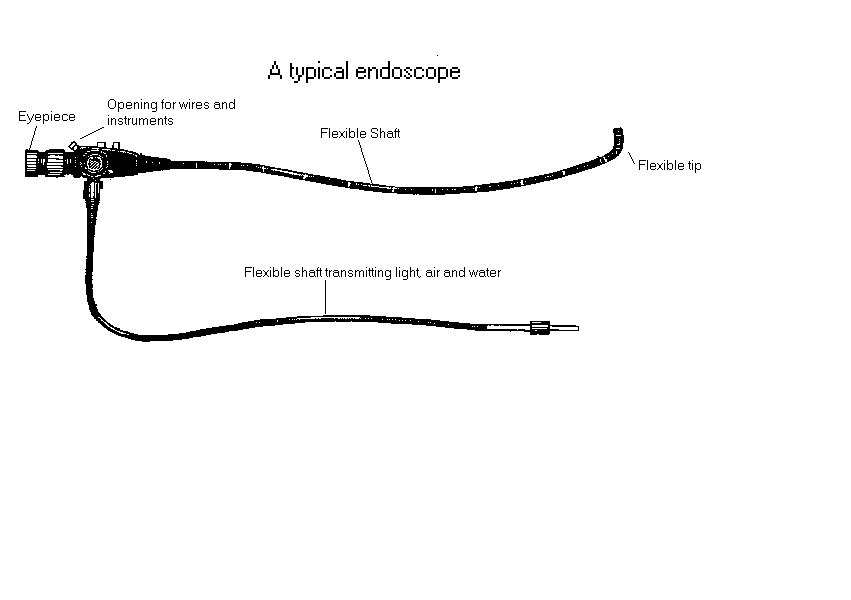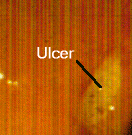 EMAIL ME
EMAIL ME 
WHAT IS ENDOSCOPY?
The word endoscopy is derived from the Greek words "Endo" meaning "inside" and "skopeein" meaning "to see". It is a word used in medicine to describe the procedure used see inside various parts of the body. Historically, it was known that it is possible to insert tubes into body orifices, but to see clearly a method was needed to illuminate the inside of the organ to be seen. The earliest crude attempts used oil lamps, which were later replaced by small electric filament bulbs. These were not very bright and tended to produce a lot of heat.
Medical endoscopy really came into its own after the invention and application of fibre-optic technology to endoscopy. Fibre-optic endoscopes use bundles of thin glass fibres to transmit light to and from the organ being viewed. These fibres use the principle of total internal reflection to transmit almost 100 % of the light entering one end to the other end. Fibre-optic endoscopes are delicate and expensive items. The fibres have to be made of special glass, and each fibre has to be coated with a layer of glass of a different refractive index. In addition the orientation of fibres in a bundle used for endoscopy has to be "coherent", that is, the spatial orientation of each one of thousands of fibres has to be constant and not tangled up like the fibres in a rope. Each endoscope has one set of fibre bundles to transmit light inside, and another set to transmit reflected light out to the eye of the viewer. (Fig 1)
Fig 1: This is what an endoscope looks like

A bright source of light, such as a Halogen or Xenon bulb is needed for the "light bundle". In newer endoscopes the "viewing" fibre bundle is replaced by a miniature CCD video camera chip which transmits signals via wires. Endoscopes vary from 3mm to 15mm in diameter depending on what they are used for. They are flexible, and the tip of the endoscope can be moved and controlled by knobs at the viewer's end.
Fig 2: Whitish ulcer on pink stomach lining seen on endoscopy

"Endoscopy" is a general term. There are specific words for viewing specific parts and organs of the body. Endoscopy done through existing body openings can usually be done under local anaesthesia, but other types that require a small puncture to see an "internal cavity" may need hospital admission and a general anaesthetic. In each type small pieces of tissue can be removed for tests and some other procedures can be done. The following is a list of the major types of endoscopy.
GASTROSCOPY: To see the gullet, stomach and upper small intestine.
COLONOSCOPY: To see the large intestine.
CYSTOSCOPY: To see the urinary bladder.
BRONCHOSCOPY: To see the air passages to the lungs.
LARYNGOSCOPY: To see the larynx or voice box.
NASOPHARYNGOSCOPY: To see the nose and related cavities.
LAPAROSCOPY: To see the "stomach cavity" and the organs therein.
ARTHROSCOPY: To see inside joints such as the knee joint.
THORACOSCOPY: To see inside the chest cavity.
There are a number of other sub-types of "scopies", and these include proctoscopy, sigmoidoscopy, nephro-ureteroscopy, mediastinoscopy, choledochoscopy, angioscopy and others.
 EMAIL ME
EMAIL ME 